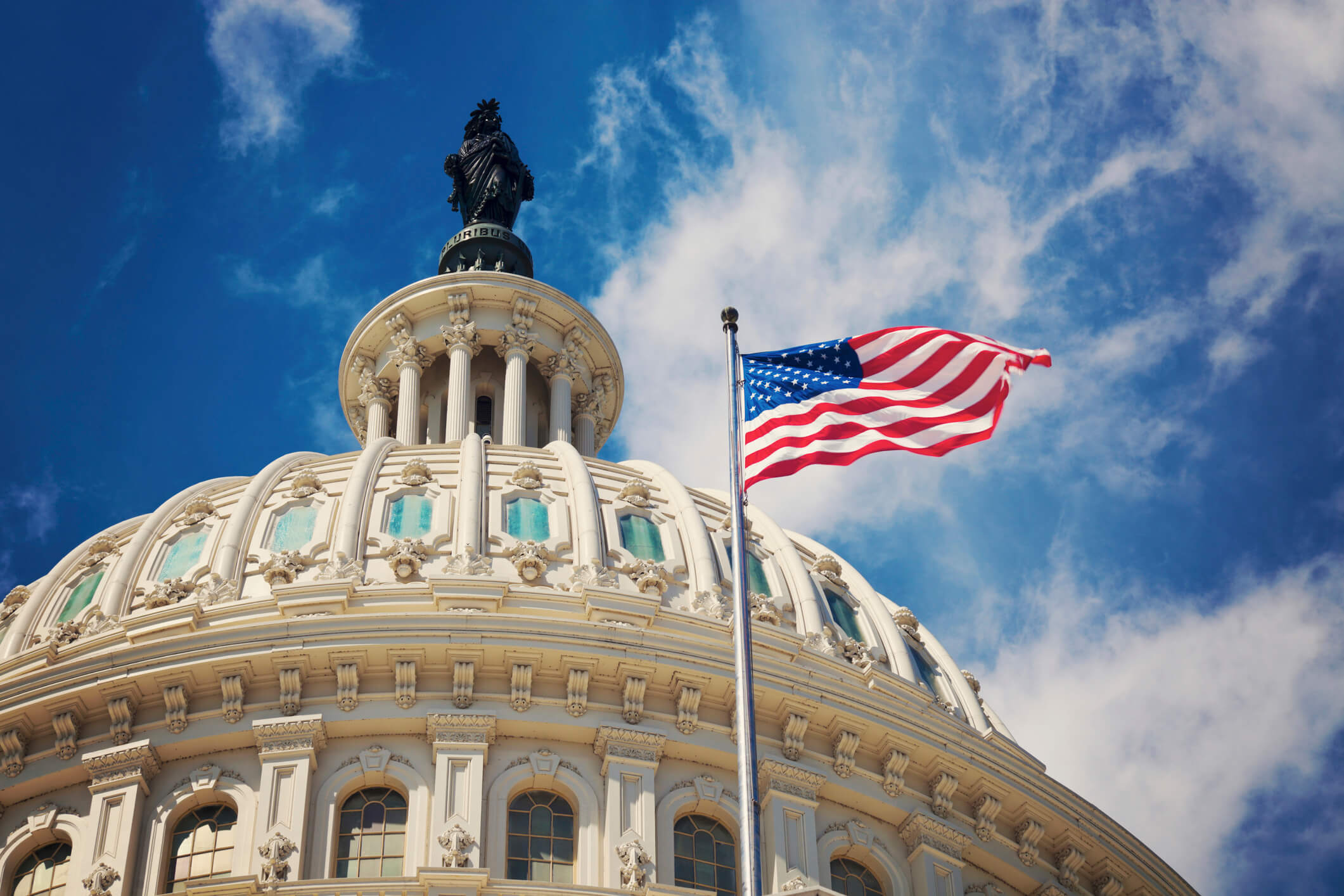Quick Hits
- The Supreme Court lifted a lower court’s order that had blocked President Trump’s executive order directing large-scale reductions in force across federal agencies.
- The ruling temporarily allows the Trump administration to continue its efforts to reorganize the federal workforce under the Department of Government Efficiency initiative while merits-based legal challenges to the planned reductions are pending.
The justices stayed a May 22, 2025, preliminary injunction issued by a judge of the U.S. District Court for the Northern District of California that had blocked enforcement of President Trump’s Executive Order (EO) 14210 (a directive ordering federal agencies to initiate large-scale reductions in force) and a joint memorandum by the Office of Management and Budget and the Office of Personnel Management with instructions on implementing the EO.
“Because the Government is likely to succeed on its argument that the Executive Order and Memorandum are lawful—and because the other factors bearing on whether to grant a stay are satisfied— we grant the application,” the justices stated in an unsigned order. “We express no view on the legality of any Agency RIF and Reorganization Plan produced or approved pursuant to the Executive Order and Memorandum.”
The ruling comes in a legal challenge filed by a group of labor unions, nonprofit organizations, and local governments in American Federation of Government Employees, AFL-CIO v. Trump, a case alleging that President Trump’s RIFs are an unconstitutional exercise of presidential authority and a violation of the Administrative Procedure Act. On May 30, 2025, the U.S. Court of Appeals for the Ninth Circuit denied the Trump administration’s request to stay the preliminary injunction, and on June 2, 2025, the administration asked the Supreme Court for a stay.
The Supreme Court stated that the stay would remain in effect “pending” the appeal to the Ninth Circuit and “disposition of a petition for a writ of certiorari, if such a writ is timely sought.” The stay will terminate automatically if certiorari is denied or when the Supreme Court issues a final judgment.
Justice Sonia Sotomayor issued a short concurrence in which she noted that EO 14210 directed the RIF plans to be “consistent with applicable law.” She stated that since the plans themselves were not yet before the Court, the Court had “no occasion to consider whether they can and will be carried out consistent with the constraints of law.” Justice Sotomayor joined in the Court’s stay because it left the determination of the RIF plans’ lawfulness to the district court “to consider … in the first instance.”
Justice Ketanji Brown Jackson dissented from the grant of the application for stay and criticized the Court for “greenlighting” the president’s actions on an emergency-stay basis. She wrote that the preliminary injunction was a “temporary, practical, harm-reducing preservation of the status quo.”
EO 14210, signed on February 11, 2025, outlines President Trump’s “‘Department of Government Efficiency’ Workforce Optimization Initiative,” which aims to “eliminat[e] waste, bloat, and insularity” in the federal government. Specifically, the EO directs agencies to “promptly undertake preparations to initiate large-scale reductions in force (RIFs), consistent with applicable law, and to separate from Federal service temporary employees and reemployed annuitants working in areas that will likely be subject to the RIFs.”
Next Steps
The ruling allows the Trump administration to proceed with its plans to reduce and reorganize the federal workforce for the time being. However, the lawfulness of specific agency RIF plans remains at issue.
For more information, please join us for our upcoming webinar, “The Latest OFCCP News: Proposed Rule Changes as Potential Agency Exit Looms,” which will take place on Wednesday, July 9, 2025, from 2:00 p.m. to 3:00 p.m. (EDT). The speakers, Lauren B. Hicks, T. Scott Kelly, and Christopher J. Near, will review the latest changes and what they mean for covered contractors, as well as best practices for continued compliance efforts. Register here.
Ogletree Deakins will continue to monitor developments and will provide updates on the Governmental Affairs, Government Contracting and Reporting, Reductions in Force, Workforce Analytics and Compliance, and Workplace Safety and Health blogs as additional information becomes available.
This article and more information on how the Trump administration’s actions impact employers can be found on Ogletree Deakins’ New Administration Resource Hub.
Follow and Subscribe
LinkedIn | Instagram | Webinars | Podcasts









